A.B. Miner
Bring to Light


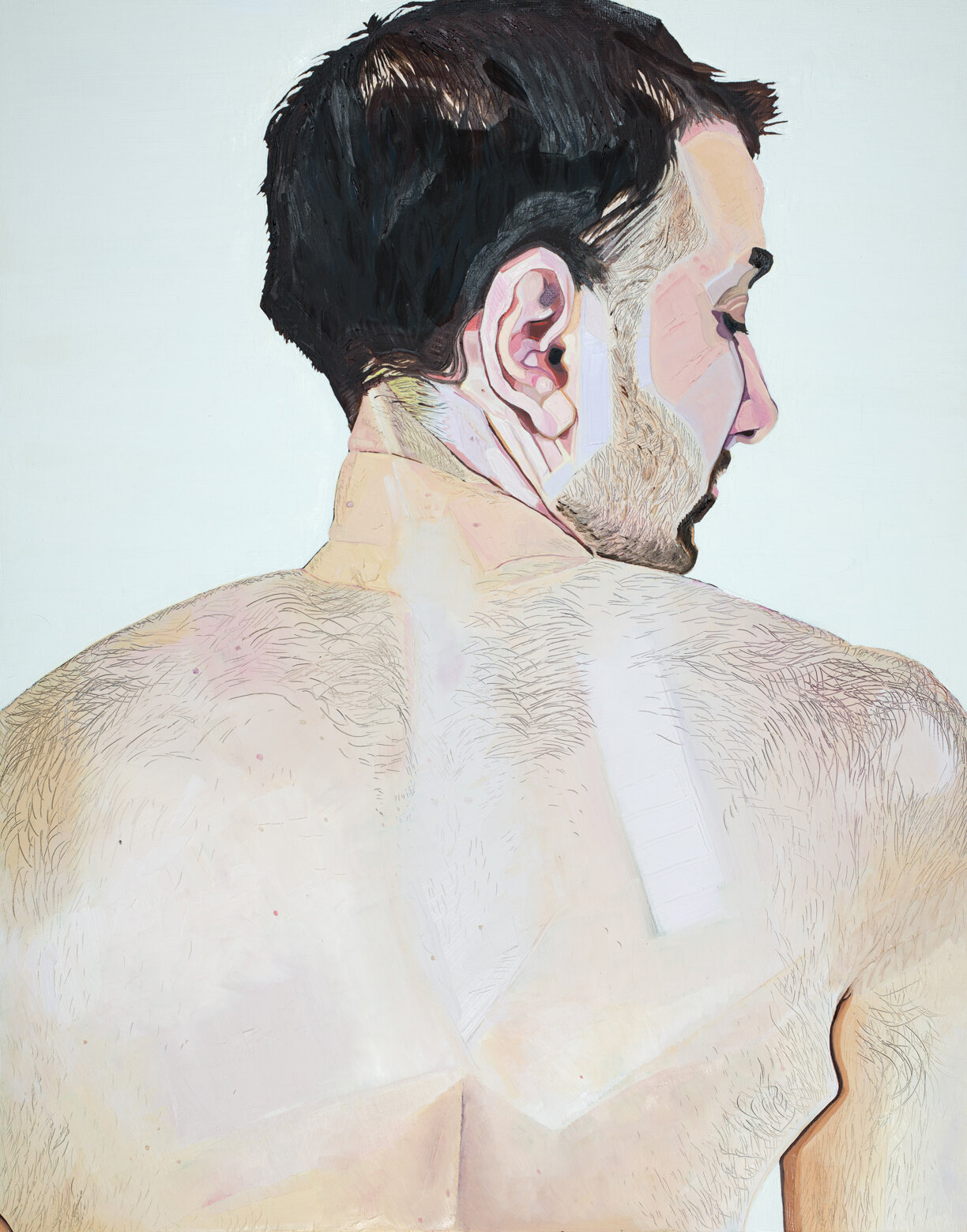
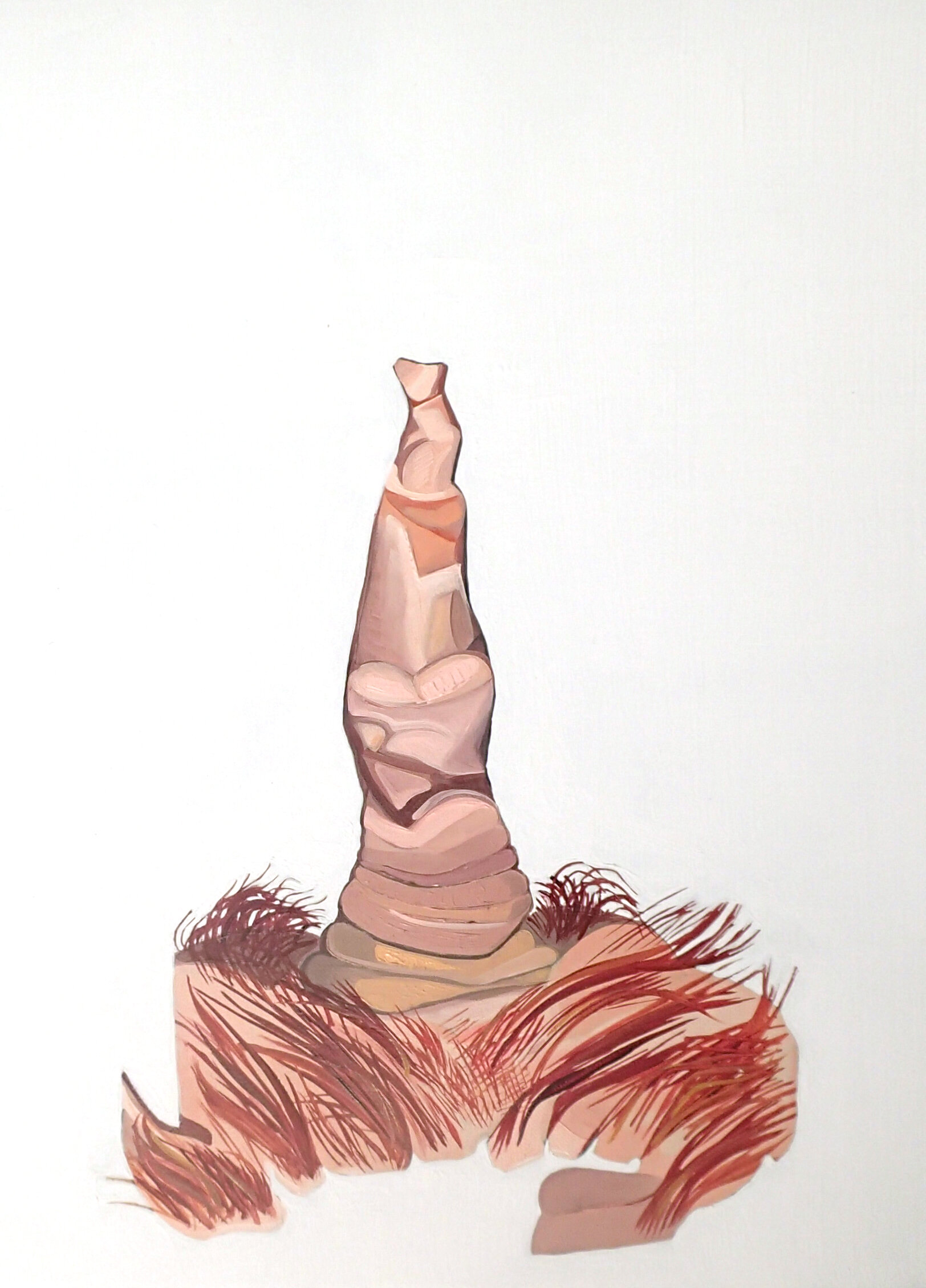
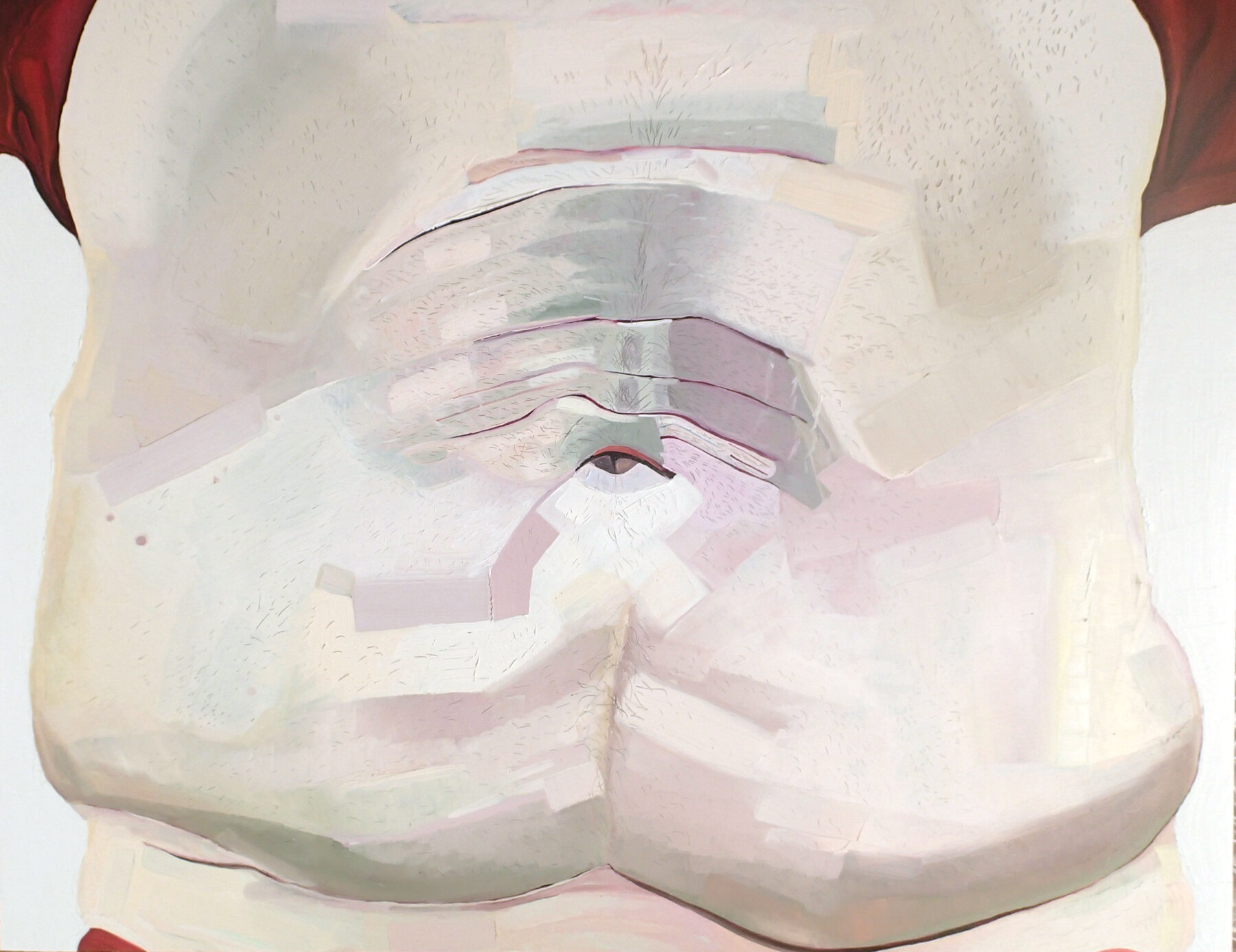
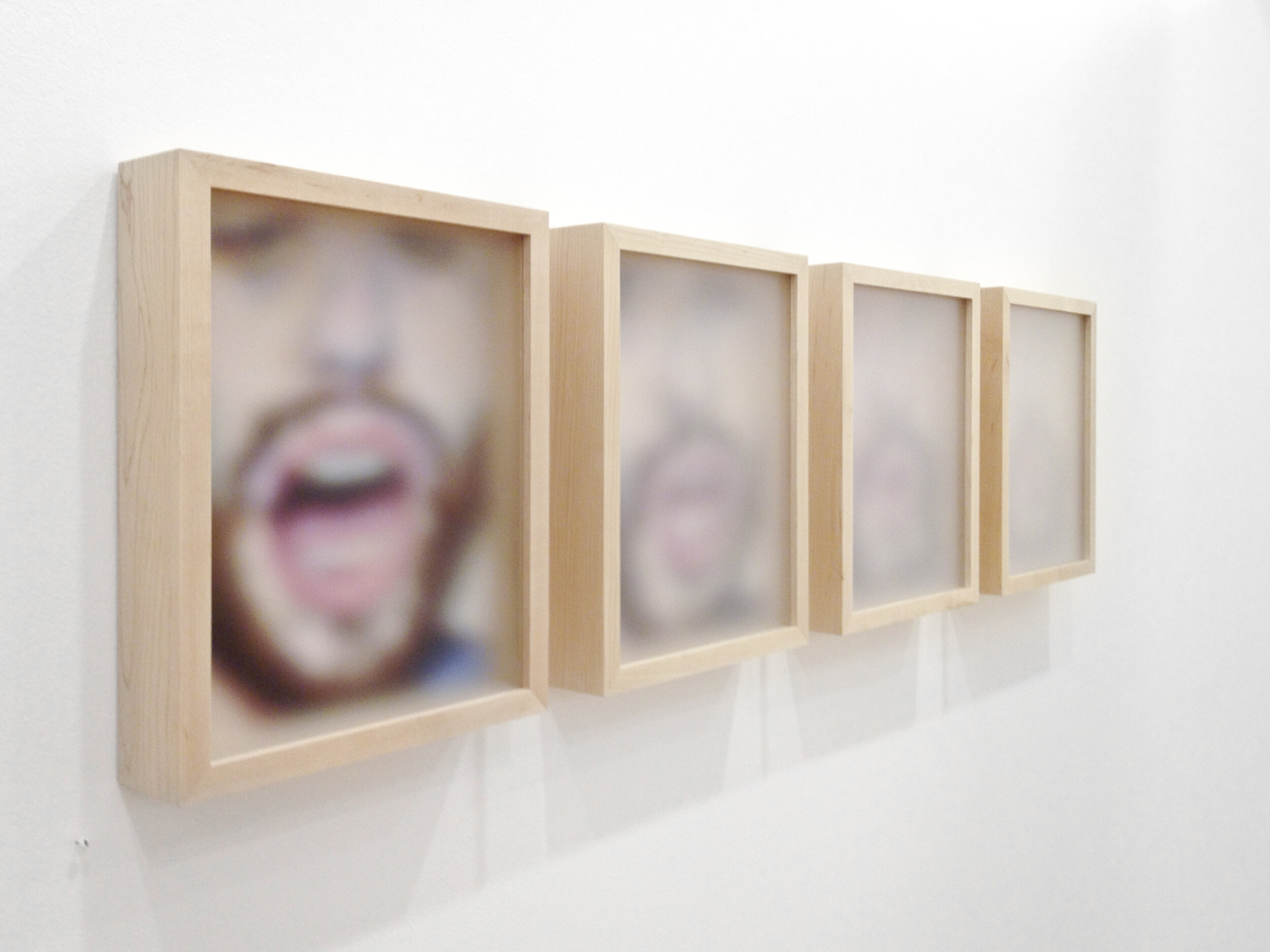
Gallery Kayafas is pleased to present A.B. Miner’s first New England exhibition, A.B. Miner: Bring to Light. Miner’s paintings and drawings reveal or “bring to light” things that are usually hidden from public view. Some works continue a dialogue with self-portraiture/the gendered body, while two series evolved from his research in natural history museum collections.
Intimate in scale and content, these self-portraits are conceptually and emotionally charged, exposing vulnerability by revealing what he (and many people) hide from the outside world – inner turmoil and body irregularities. The bandaged incision and related bruises in Recently Revised confront viewers with a simultaneously gruesome and beautiful homage to the human body’s potential for transformation, adaptation, and resilience. Miner’s adept use of oil paint creates luscious surfaces, highlighting the alchemical nature of flesh. In other paintings, subjects are situated in a sea of white space evoking the feeling of being psychologically lost or separated from the subject by time, the haze of failing memory, or secrecy. The resulting images may be at once familiar and foreign, surrounded by piercing silence.
Miner’s frustration with contemporary Western society’s binary views of gender based on “average” male and “average” female bodies led him to research how masculinity manifests in other species. Before his move to Boston, Miner discovered and photographed an undocumented, offsite collection of the National Museum of Natural History, simply labeled: “Smithsonian Institution Penis Collection.” Here he found single examples from numerous species of mammals whose diverse, abstract shapes would inspire complex and intricate works on paper. That project led him to research the genitalia of male butterflies working closely with Harvard University’s Museum of Comparative Zoology, where author Vladimir Nabakov served as the Museum’s first curator of Lepidoptera and closely compared butterfly genitals. Miner selected 50 related butterflies representing species Nabokov studied and had them dissected as the genitalia is only visible through this process. These tiny specimens, photographed under a microscope, reveal a diverse array of forms providing a wide range of physical manifestations of masculinity, which Miner explores in new works on paper.
Frank Egloff
more work
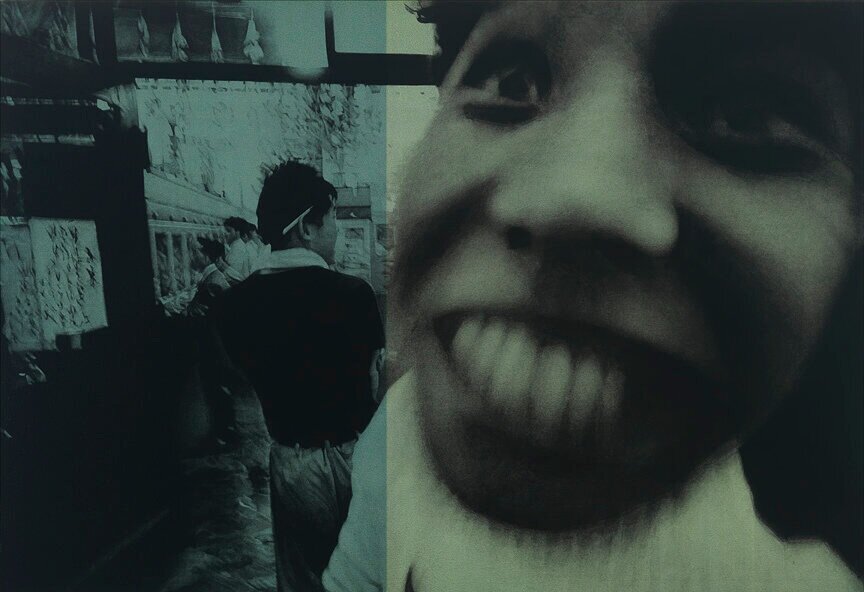
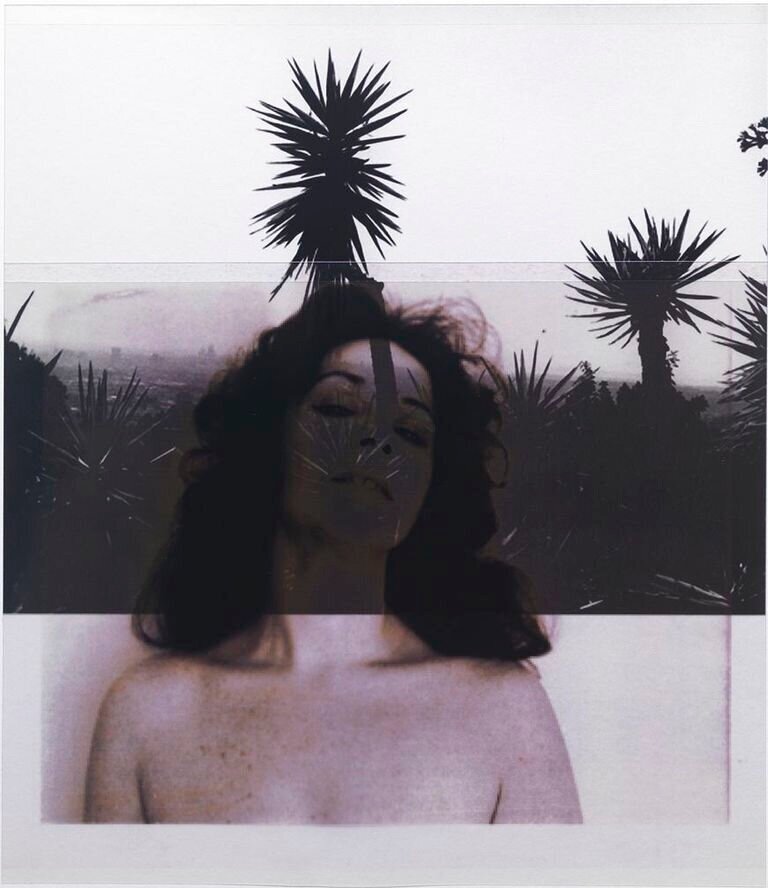
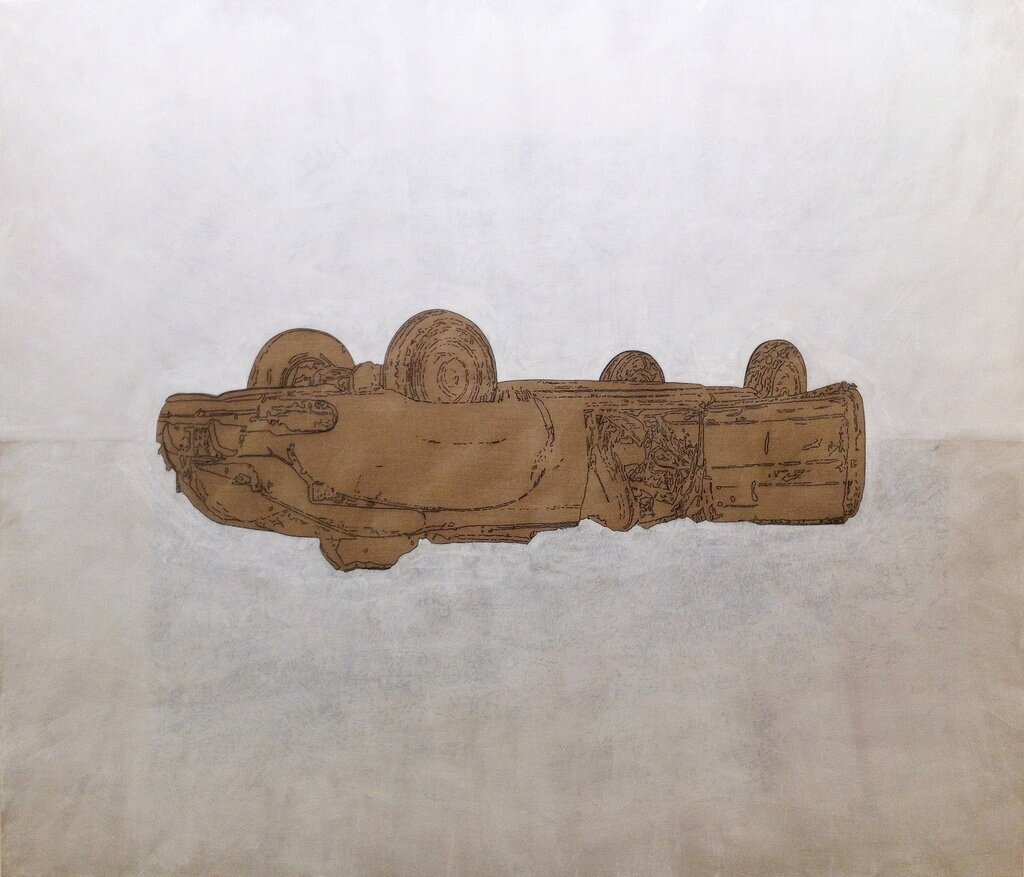
Frank Egloff exhibits new work in more work – paintings and text based works that examine the dialectics, the layers of colloquy, between the questions posed by art which is contemporary and the different work that art asks of its audience. The Work of Art is never simply the discrete object or practice, installation or presentation, theater or theory, an objective element for a subjective history, but always a more complicated sum of moving parts – interests and agendas – the sublime and the prosaic – engaging us inevitably in contemporary culture.
Egloff’s work has been widely exhibited in major museums including, The Museum of Fine Arts, Boston, ICA, Boston, deCordova Sculpture Park and Museum, Lincoln and MIT List Visual Arts Center, Cambridge.
Julie Miller
back (v) room


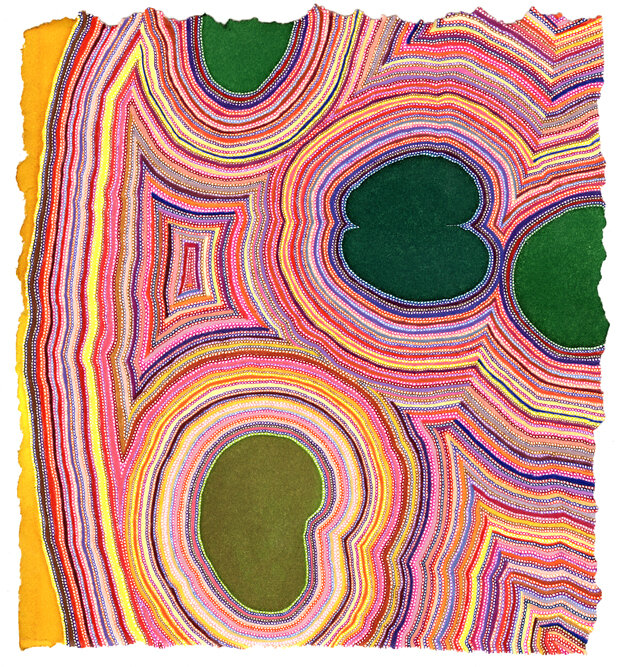

When Julie Miller lived in New Mexico, her drawings were black and white. After moving to the Boston area, she missed the vibrant hues of New Mexico, the antidote was to add color to her life and her art. The resulting obsessive drawings display an explosive energy.
Miller uses ink and color pencils on torn paper to create thousands of circles in various sizes – circles are grouped, banging into each other, gathered into larger shapes, appearing liquid and vaporous, barely contained by the irregular, torn edge of the paper. Miller has a brilliant understanding of color, moving light and form throughout planar space. Her drawings are happenings, they dance and sing – vibrating so strongly one can hear them buzz.
Miller spends endless hours working on each piece and enjoys every single minute of concentration. She says it “brings me great pleasure and becomes a meditative experience.” Miller lives and teaches in Boston.
